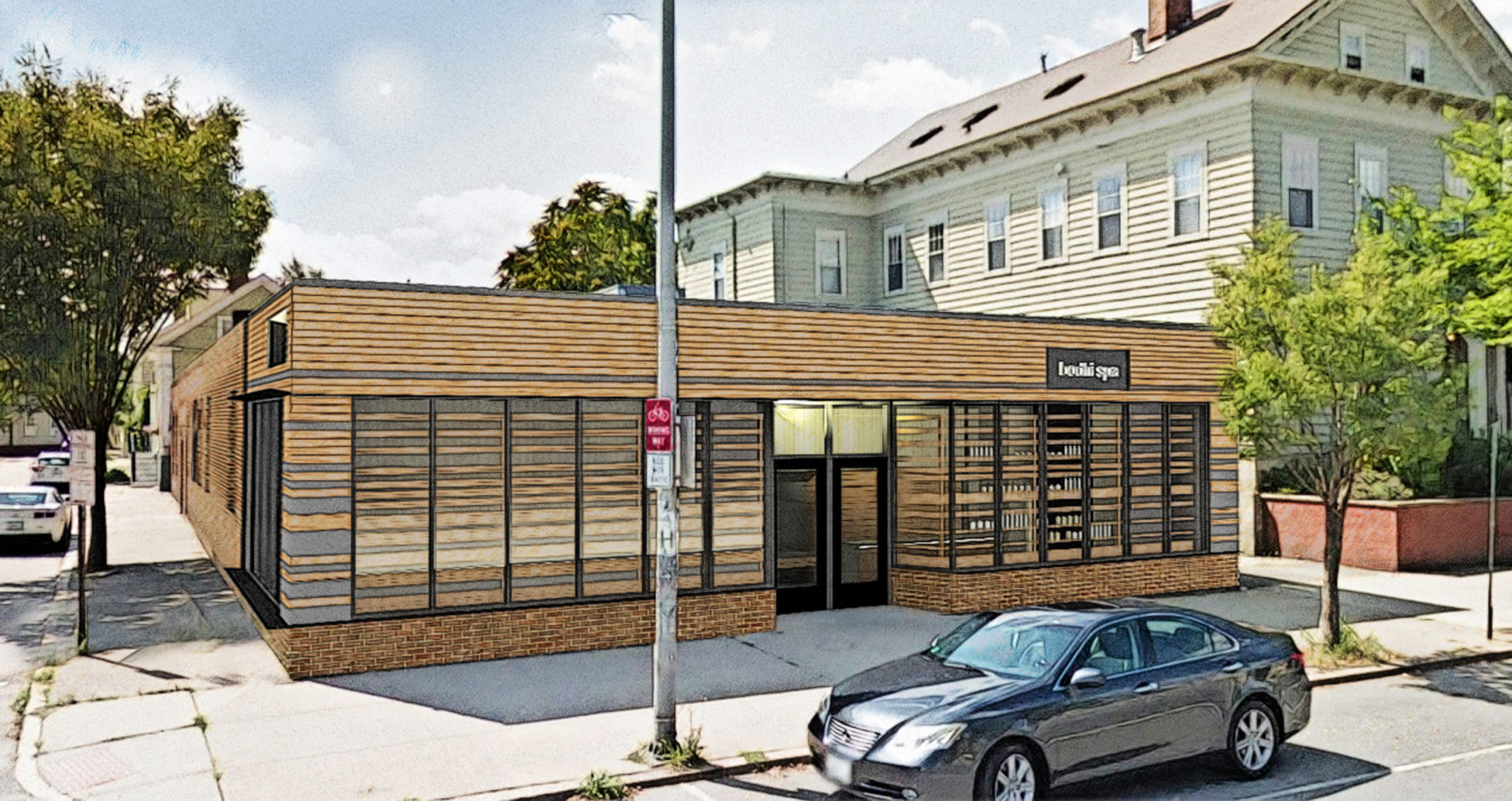
Put Down That Pitchfork!
Community Engagement as a Negotiating Strategy
Nobody ever wants to walk into a public hearing room and find a crowd assembled, eager to stand up and tell everyone why your building project—and everything you’ve poured your heart and soul (and money) into is a terrible idea. Yet it happens often, and so we need to learn the best ways to navigate this situation.
If you build—whether you are a developer, part of a large organizations, or just putting an addition onto your house—you have put so much of your energy and enthusiasm into your plans that it is easy to be knocked into a defensive position.
People you might consider to be your friends and trusted associates in an ordinary setting may become an angry mob wielding pitchforks when it comes to public process. It’s daunting! And sharing your intentions too early in the process makes many seasoned development professionals wary of giving people time to organize their opposition.
A good idea is no guarantee of support—and the risk of rejection is huge.
It explains why, as a volunteer on a variety of civic review boards, I see so many applicants come to a hearing with a proposal they know is controversial, yet they have ignored community concerns or have not prepared a reasoned response.
The good news is that there is a way to turn that dynamic around. A smart negotiator—the public review process is at its heart a negotiation—will tell you that the secret to success is finding out all you can about the goals and desires of the other party.
Treat a neighborhood meeting as research. Take notes and make friends. Find out who is most concerned with trees, who is pressing the issue about traffic, etc.—and find out why as well. Exchange business cards, and have a follow-up call if you can either make changes or offer more information. Set up one-on-one meetings with influencers who don’t show up to the public meetings. Most importantly, be proactive.
I once heard a case where a neighborhood was protesting a local restaurant’s expansion. The owner was flabbergasted; he thought he had great support, as he was active in the community, sponsored a local youth sports team, and counted many of the people in the room as regulars. He hadn’t bothered talking with them about his plans because he had assumed they would be on his side. It turned out that the next-door neighbor had a problem with the restaurant’s dumpsters overflowing and had mobilized friends and strangers alike to come to the hearing thanks to angry social media posts. The restaurant owner readily agreed to increase the number of trash pickups and invest in an improved enclosure. The opposition eventually dissolved, but not until after several months of delay, harm to his business’ reputation, and great expense in attorney fees.
Taking this lesson to heart, your goal is to come to a hearing with a report on meetings you’ve had, how you’ve identified community concerns, and how you can or cannot address each one. You will be surprised at how many people will give their time to testify in your favor if you take these steps in advance.
At the end of the day you are not likely to please absolutely everyone. But, if you can set aside your fears and make your case with a respectful understanding of everyone’s viewpoint and follow through with efforts to address concerns where you reasonably can, your chances at successful approvals will skyrocket.